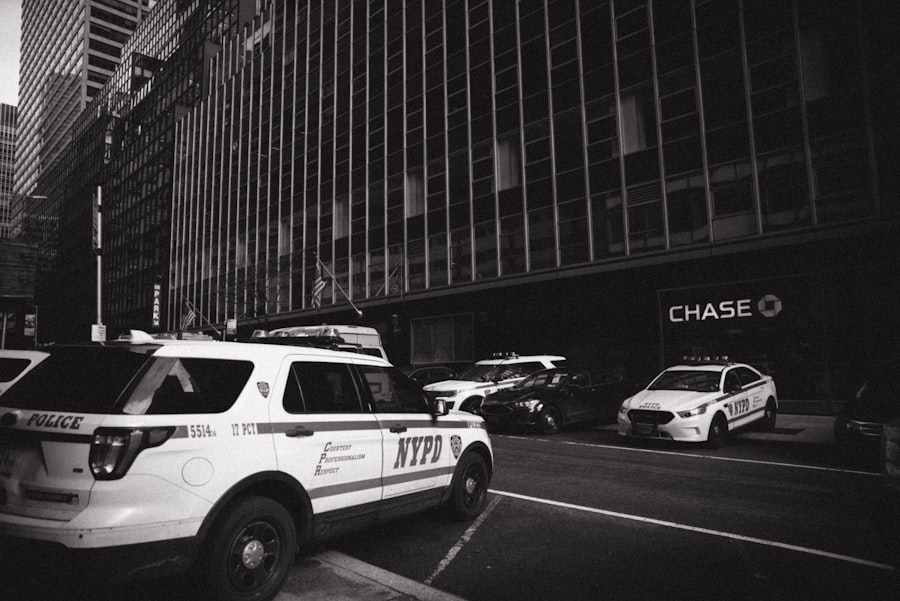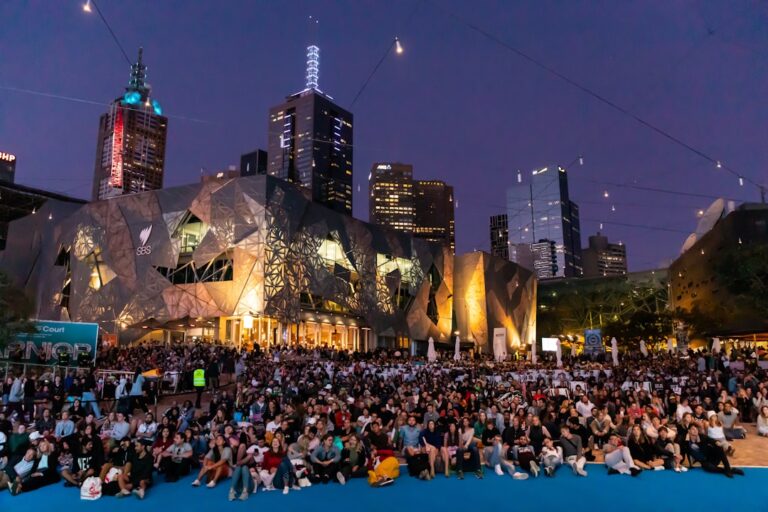The sociology of crime is a multifaceted field that examines the social dimensions of criminal behavior, deviance, and the societal responses to these phenomena. It seeks to understand not only the individual motivations behind criminal acts but also the broader social structures and cultural contexts that shape such behaviors. By analyzing crime through a sociological lens, researchers can uncover the intricate relationships between social norms, values, and the legal system.
This discipline is crucial for developing effective crime prevention strategies and informing public policy. At its core, the sociology of crime investigates how societal factors such as class, race, gender, and community influence criminal behavior. It challenges the notion that crime is solely a product of individual pathology or moral failing, positing instead that social environments play a significant role in shaping behavior.
This perspective allows for a more nuanced understanding of crime, recognizing that it is often a reflection of broader social issues, including inequality, marginalization, and systemic injustice. As such, the sociology of crime not only contributes to academic discourse but also has practical implications for law enforcement, rehabilitation, and community development.
Key Takeaways
- The sociology of crime examines the social factors that contribute to criminal behavior and deviance within society.
- Theoretical perspectives on deviance and criminal behavior include strain theory, social learning theory, and labeling theory, which provide different explanations for why individuals engage in criminal activities.
- Social factors such as poverty, inequality, and social disorganization can influence criminal behavior by creating environments that foster criminal activity.
- Culture plays a significant role in shaping criminal behavior, as cultural norms and values can either discourage or encourage criminal activities.
- The criminal justice system and social control mechanisms work to maintain order and regulate behavior within society, but they can also perpetuate inequalities and injustices.
Theoretical Perspectives on Deviance and Criminal Behavior
Strain Theory
One of the most influential theoretical frameworks in the sociology of crime is strain theory, developed by Robert K. Merton in the 1930s. According to this theory, society sets culturally approved goals and means for achieving them. However, not all individuals have equal access to these means, leading to a disconnect between societal expectations and their ability to achieve them. This disconnect can drive individuals to resort to deviant behavior as an alternative means of achieving success. For instance, individuals from impoverished backgrounds may turn to theft or drug dealing when legitimate opportunities are systematically denied.
Social Learning Theory
Another significant perspective in the sociology of crime is social learning theory, which emphasizes the role of social interactions in shaping behavior. Proposed by Albert Bandura and later expanded by Edwin Sutherland through his concept of differential association, this theory suggests that individuals learn deviant behavior through their associations with others. For example, a teenager who grows up in a neighborhood where gang activity is prevalent may adopt similar behaviors as a means of gaining acceptance and status among peers.
Understanding Criminal Behavior
These theoretical frameworks highlight the importance of social context in understanding why certain individuals engage in criminal activities while others do not. By recognizing the role of socioeconomic barriers, social interactions, and cultural expectations in shaping behavior, we can gain a deeper understanding of the complex factors that contribute to deviance and criminal behavior.
Social Factors Influencing Criminal Behavior

Social factors play a pivotal role in influencing criminal behavior, with various elements such as family dynamics, peer relationships, and community characteristics significantly impacting an individual’s likelihood of engaging in crime. Family structure is often cited as a critical determinant; children raised in unstable or abusive households may be more prone to delinquency. Research indicates that parental supervision, attachment styles, and communication patterns can either mitigate or exacerbate the risk of criminal behavior.
For instance, children who experience neglect or inconsistent discipline may develop behavioral issues that lead to future criminality. Peer influence is another crucial factor in understanding criminal behavior. Adolescents are particularly susceptible to peer pressure, which can lead them to engage in risky or illegal activities to gain acceptance or approval from their social circles.
Studies have shown that individuals who associate with delinquent peers are more likely to partake in criminal acts themselves. This phenomenon underscores the importance of social networks in shaping behavior; individuals are not isolated actors but rather embedded within complex webs of relationships that can either promote conformity or deviance.
The Role of Culture in Shaping Criminal Behavior
| Culture | Criminal Behavior |
|---|---|
| Norms and Values | Impact on individual’s perception of right and wrong |
| Socialization | How individuals learn criminal behavior through interactions |
| Subcultures | Influence of specific groups on criminal activities |
| Media and Popular Culture | Portrayal and glamorization of criminal behavior |
| Religious and Spiritual Beliefs | Impact on moral compass and decision making |
Culture significantly influences perceptions of crime and deviance, shaping societal norms and values that dictate acceptable behavior. Cultural attitudes toward authority, individualism, and community can vary widely across different societies, impacting how crime is defined and addressed. For example, in some cultures, communal values may prioritize collective well-being over individual rights, leading to different interpretations of what constitutes deviant behavior.
In contrast, societies that emphasize individualism may view certain acts as personal failures rather than reflections of systemic issues. Moreover, cultural narratives surrounding crime can perpetuate stereotypes and stigmas that affect marginalized groups disproportionately. Media representations often play a crucial role in shaping public perceptions of crime; sensationalized portrayals can lead to fear and misunderstanding about certain communities.
For instance, the portrayal of urban neighborhoods as hotbeds of violence can reinforce negative stereotypes about residents while ignoring the structural factors contributing to crime rates. Understanding these cultural dynamics is essential for developing effective interventions that address not only the symptoms of crime but also its root causes.
The Criminal Justice System and Social Control
The criminal justice system serves as a primary mechanism for social control, enforcing societal norms through laws and regulations designed to deter deviance and punish offenders. This system encompasses various institutions, including law enforcement agencies, courts, and correctional facilities, each playing a distinct role in maintaining order within society. The effectiveness and fairness of these institutions are often subjects of debate, particularly concerning issues such as racial bias, economic inequality, and access to legal representation.
One critical aspect of the criminal justice system is its role in shaping public perceptions of crime and safety. Policies such as “zero tolerance” or “three strikes” laws reflect societal attitudes toward punishment and deterrence but can also lead to over-policing and mass incarceration. The consequences of these policies disproportionately affect marginalized communities, raising questions about equity and justice within the system.
Furthermore, the increasing reliance on surveillance technologies and data-driven policing strategies has sparked discussions about privacy rights and the potential for abuse within law enforcement practices.
The Impact of Globalization on Crime

Globalization has transformed many aspects of society, including patterns of crime and deviance. The interconnectedness of economies and cultures has facilitated not only legitimate trade but also illicit activities such as human trafficking, drug smuggling, and cybercrime. As borders become less defined in terms of commerce and communication, criminal enterprises have adapted by exploiting these new opportunities for profit.
For instance, drug cartels have expanded their operations internationally, utilizing sophisticated networks to distribute narcotics across borders. Moreover, globalization has led to the emergence of transnational crime syndicates that operate beyond the jurisdiction of any single nation-state. These organizations often engage in activities that exploit vulnerabilities created by economic disparities between countries.
For example, human trafficking networks frequently target individuals from impoverished regions seeking better opportunities abroad. The complexities introduced by globalization necessitate international cooperation among law enforcement agencies to combat these crimes effectively.
Social Movements and Crime Prevention
Social movements play a vital role in addressing crime prevention by advocating for systemic changes that tackle the root causes of criminal behavior. Grassroots organizations often emerge in response to specific issues within communities—such as gang violence or police brutality—mobilizing residents to demand accountability and reform. These movements can raise awareness about social injustices while promoting alternative approaches to public safety that prioritize community engagement over punitive measures.
For instance, initiatives like restorative justice seek to address harm caused by crime through dialogue and reconciliation rather than traditional punitive approaches. By involving victims, offenders, and community members in the healing process, restorative justice aims to foster understanding and reduce recidivism rates.
Future Directions in the Study of Crime and Deviance
As society continues to evolve, so too must the study of crime and deviance adapt to new challenges and realities. Emerging technologies present both opportunities and threats; while advancements in data analytics can enhance crime prevention efforts, they also raise ethical concerns regarding surveillance and privacy rights. Researchers must grapple with these complexities while exploring how technology influences criminal behavior and societal responses.
Additionally, interdisciplinary approaches will be crucial for understanding crime in an increasingly globalized world. Collaborations between sociologists, criminologists, psychologists, economists, and public health experts can yield comprehensive insights into the multifaceted nature of crime. By integrating diverse perspectives, scholars can develop more effective interventions that address not only individual behaviors but also systemic issues contributing to criminality.
In conclusion, the sociology of crime offers valuable insights into the intricate interplay between social structures and criminal behavior. By examining theoretical perspectives on deviance, social factors influencing crime, cultural influences, the role of the criminal justice system, globalization’s impact on crime patterns, social movements advocating for change, and future research directions, we can better understand this complex field. As we move forward, it is essential to remain vigilant about evolving trends while striving for equitable solutions that promote safety and justice for all members of society.
In sociology, the study of types of crime is crucial in understanding the complexities of deviant behavior within society. One related article that delves into the importance of mental health in preventing criminal behavior is The Incredible Benefits of Yoga for Mental and Physical Health. This article highlights how practices like yoga can improve mental well-being, potentially reducing the likelihood of individuals engaging in criminal activities.
FAQs
What are the different types of crime in sociology?
In sociology, crimes are categorized into various types such as violent crimes, property crimes, white-collar crimes, organized crimes, and victimless crimes.
What are violent crimes?
Violent crimes are offenses that involve the use of force or threat of force against a person. Examples include homicide, assault, robbery, and sexual assault.
What are property crimes?
Property crimes involve the theft or destruction of someone else’s property. Examples include burglary, larceny, motor vehicle theft, and arson.
What are white-collar crimes?
White-collar crimes are non-violent offenses committed by individuals or organizations in the course of their professional lives. Examples include fraud, embezzlement, insider trading, and bribery.
What are organized crimes?
Organized crimes are illegal activities carried out by organized groups, often for financial gain. Examples include drug trafficking, human trafficking, money laundering, and racketeering.
What are victimless crimes?
Victimless crimes are offenses that do not directly harm other people. Examples include drug use, prostitution, gambling, and illegal immigration.























+ There are no comments
Add yours